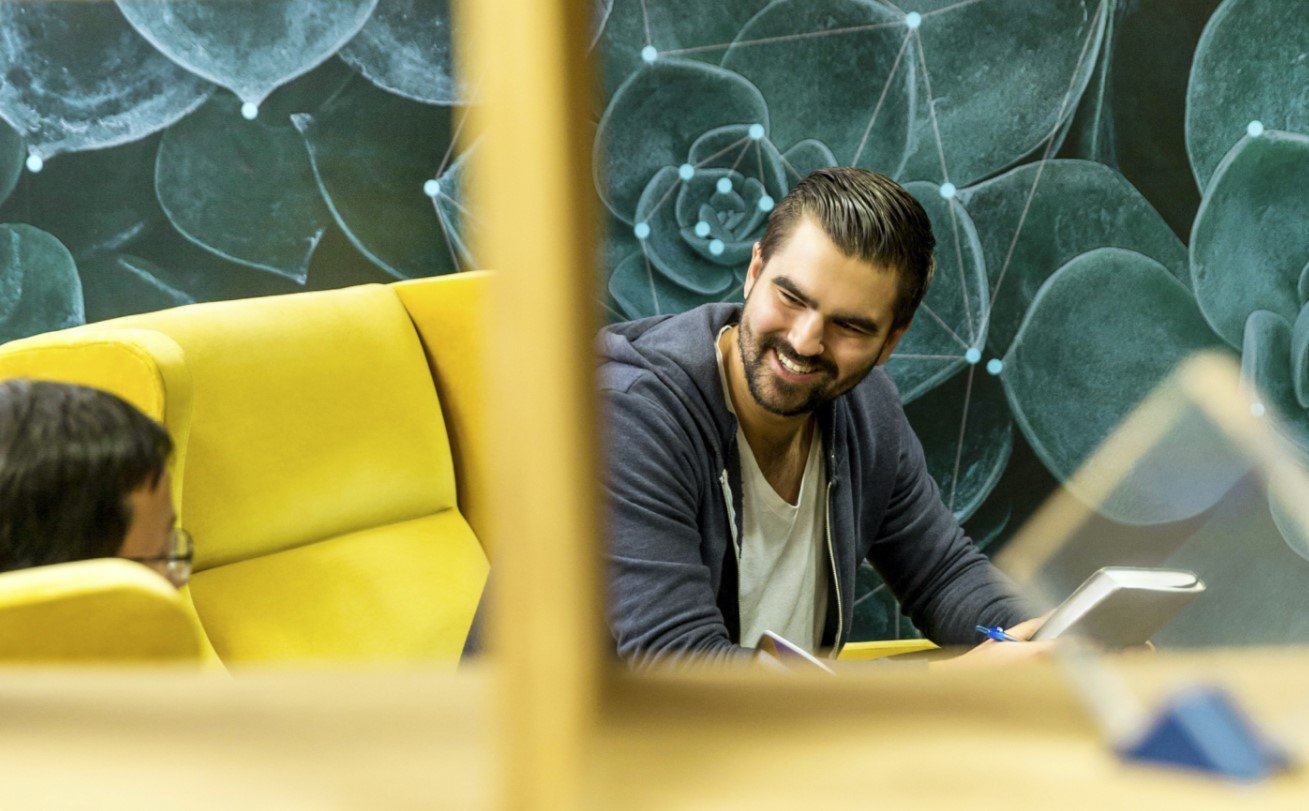Economic crises are increasing at unprecedented levels
Our present generations are experiencing climate change in dimensions never seen before. Events people used to call “the greatest disaster of the century” are now happening at ever shorter intervals and with ever increasing vehemence. Fast-spreading diseases, epidemics and pandemics are no longer limited to specific climate zones or regions (such as Africa or the Far East) but threaten people on all continents. We are observing a striking accumulation of economic crises with growing severity, whether caused by natural climate change or human-induced conditions. Entire waves of such crises have rolled around the globe over the past 20 years. Meanwhile, competing political systems create new hotspots of tension which could evolve into long-term problem regions or even cold (e.g. cyber) or hot wars. Violations of economic rules as well as economic egotism are generating additional problems causing supply chains to collapse and leading to raw material and other supply bottlenecks. These are new, unfamiliar threats to the prosperity of our societies, destroying the social status of many while creating gaps from which new, human-induced ecosystems arise.







.png)


